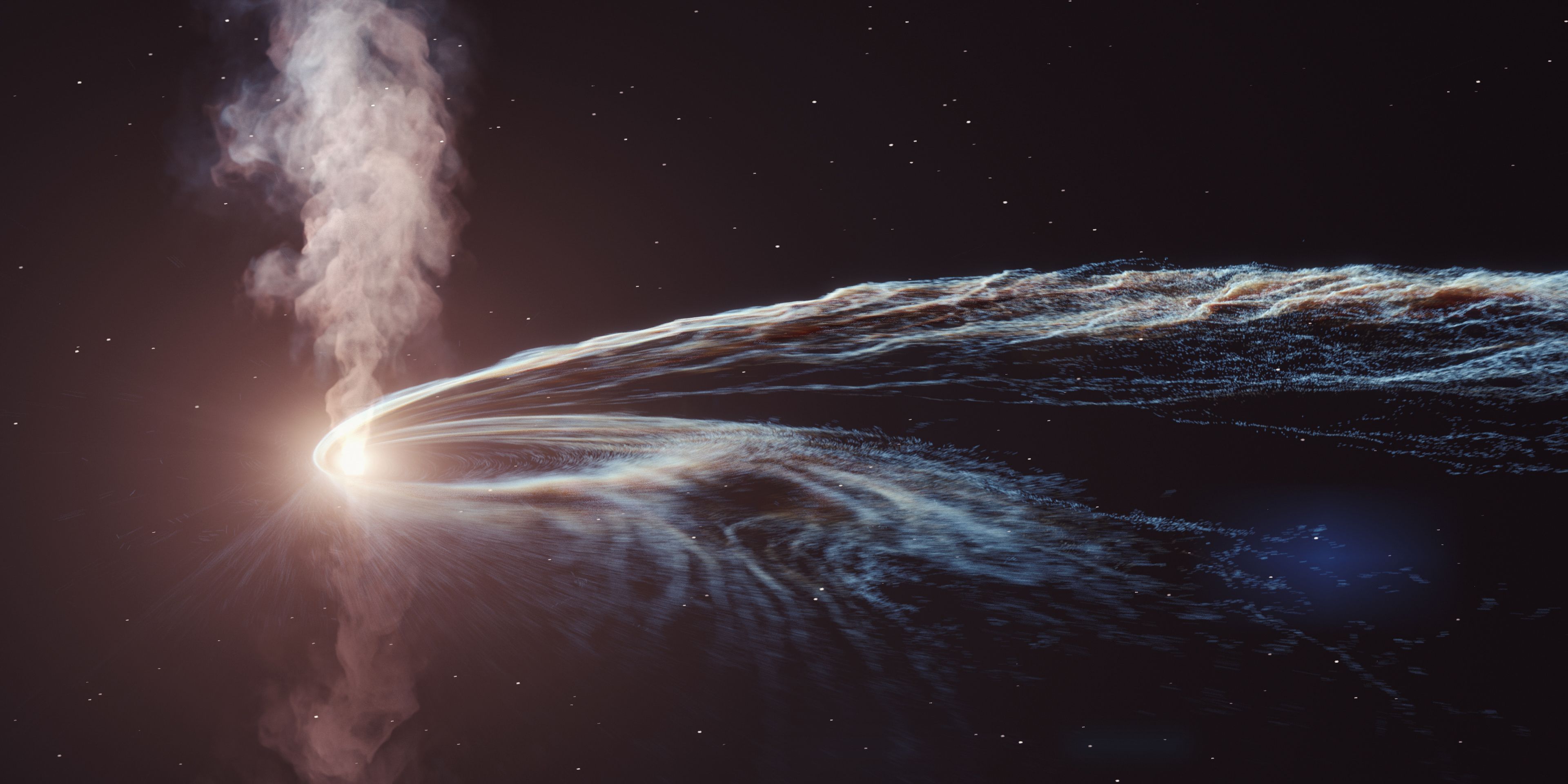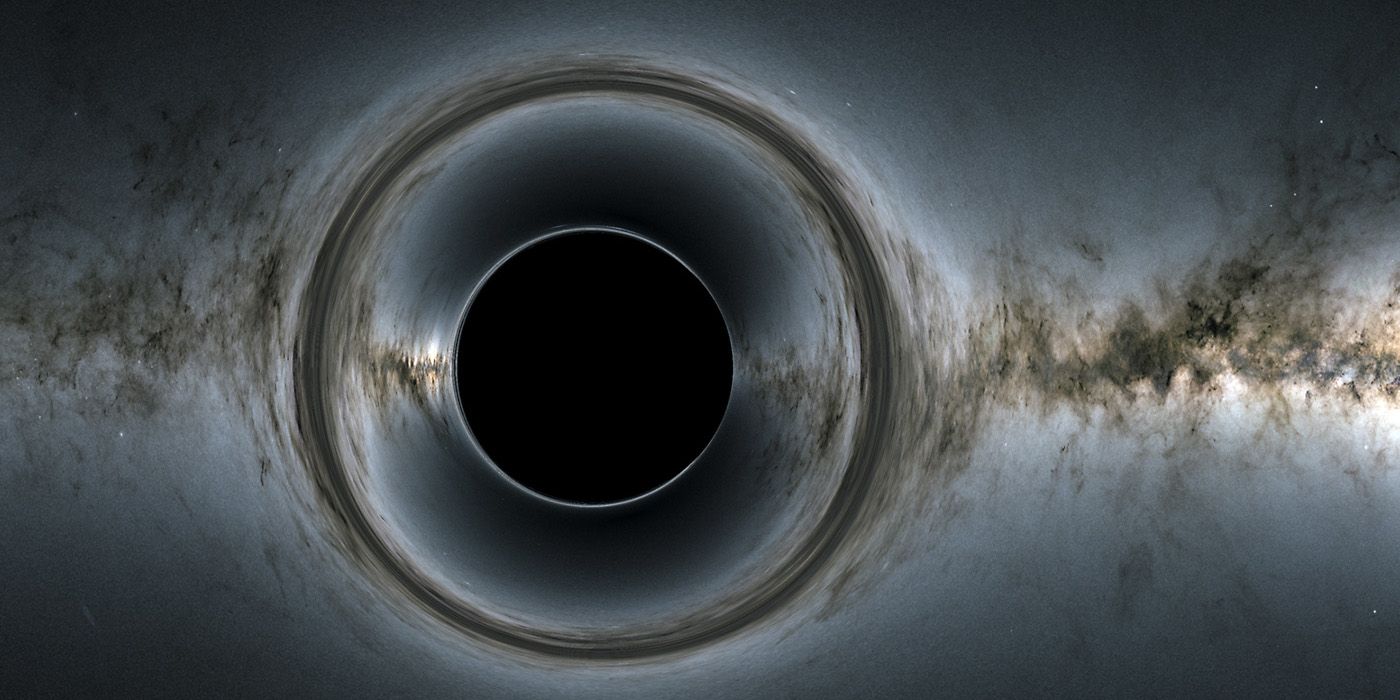A black hole that consumed a star has begun ejecting its light several years later, leaving scientists with more questions than answers. Black holes are known for swallowing stars and any other celestial bodies that have the misfortune of getting sucked into their orbit, but what happens next is more mysterious. There is no known way to explore the interior of a black hole. Experts believe that the singularity at the center of a black hole compresses all matter into such an infinitesimally small point that space and time collapses in on itself.
Scientists have employed many strategies to confirm, and better understand, the awe-inspiring power at the center of every black hole, most recently using computer simulations of black holes to better understand their behaviors. Nearly 50 years ago, Stephen Hawking speculated that black holes have the potential to erase any information about their formation when they dissipate, which is a violation of a foundational tenet of quantum mechanics – any process in physics should be mathematically reversible. In the wake of Hawking’s suggestion, the fascination with black holes has only continued to grow.
Recently, unprecedented behavior from a black hole nearly 665 million light years from Earth is further upending current theories about how they behave. New research published in The Astrophysical Journal recounts how in Oct. 2018, a black hole consumed a small star. While such an event is violent, it is also quite commonplace. Unusually, however, the black hole has begun to spew material from that star nearly three years later. The phenomenon raises questions about what could have caused the delay, and what was happening inside the black hole during that time.
A Long-Delayed Light Display
When a star is in close proximity to a black hole, it initiates what is known as a tidal disruption event (a TDE). As the star approaches the black hole, the gravitational pull elongates the star in a phenomenon known, delightfully, as "spaghettification." The stretched thread of star matter spirals around the black hole, becoming overheated, and eventually forming an accretion disk that flares brilliantly as it is consumed. Black holes are also famously messy eaters, and they often belch out matter even as they devour anything nearby. But while that display is expected during a TDE, it’s unheard of for it to be delayed.
Yvette Cendes, a research associate at the Harvard-Smithsonian Center for Astrophysics and the study’s lead author, notes that the secondary show of light came as a complete surprise to the research team. "No one has ever seen anything like this before,” Cedes explained in a press release. “It’s as if this black hole has started abruptly burping out a bunch of material from the star it ate years ago.” In the wake of these findings, black holes will be under renewed scrutiny. This discovery may prompt new protocols for examining other TDEs around the universe. By observing other black holes later in their eating process, scientists can determine whether this behavior is truly unique, or has just not been previously observed.
Source: The Astrophysical Journal, CfA


